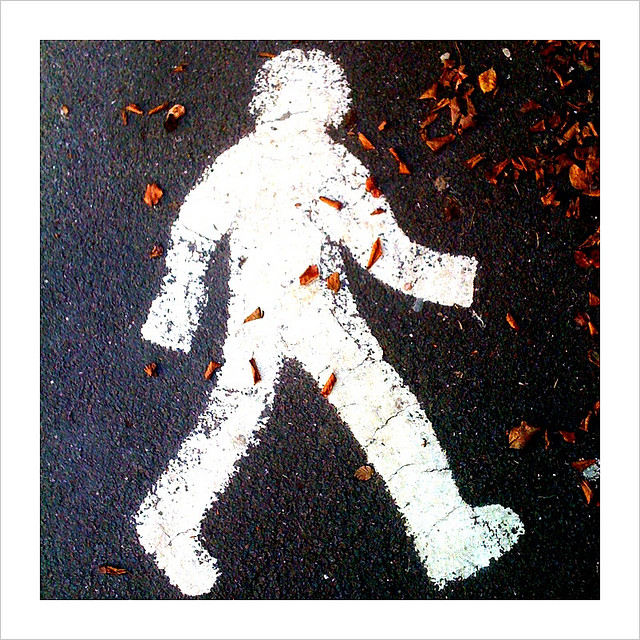Walkable Cities: Revolution at a leisurely pace
By Miles Doornbos

Walkable Cities: Revolution at a leisurely pace
By Miles Doornbos
Since the creation of the automobile, the way Americans think about travel has stayed relatively static. Where cities were once hyper-dense areas abuzz with ambulation, the 1920s brought with them widening streets and sprawling suburbs. Pedestrians became obstacles, moving stop signs that halted the flow of traffic, fodder for the ever-present sound of car horns. The automobile shaped our cities, our towns, our mindsets. As such, Americans walk less and drive more than any other industrialized nation. Somewhere near the beginning of the last century, the car drove itself into the forefront of our collective consciousness, applied its parking brake, and took up permanent residence.
But, there’s change (and terrible puns) afoot.
Communities of all sizes are working with their Departments of Transportation to create more walkable neighborhoods, real estate brokers are measuring quality of location by measuring pedestrian friendliness and sites like Walkscore.com went from being a small startup to being a Mecca for both renters and buyers. While it may not be a full-on walkers’ revolution, it’s definitely a great place to start.
But, what does “walkability” actually mean? How do we define what makes a city or neighborhood walkable? Melody Geraci, Deputy Director of the Active Transportation Alliance, and WBEZ architecture blogger Lee Bey join Steve Edwards on Afternoon Shift to take an in-depth stroll through the definitions and applications of walkability.
